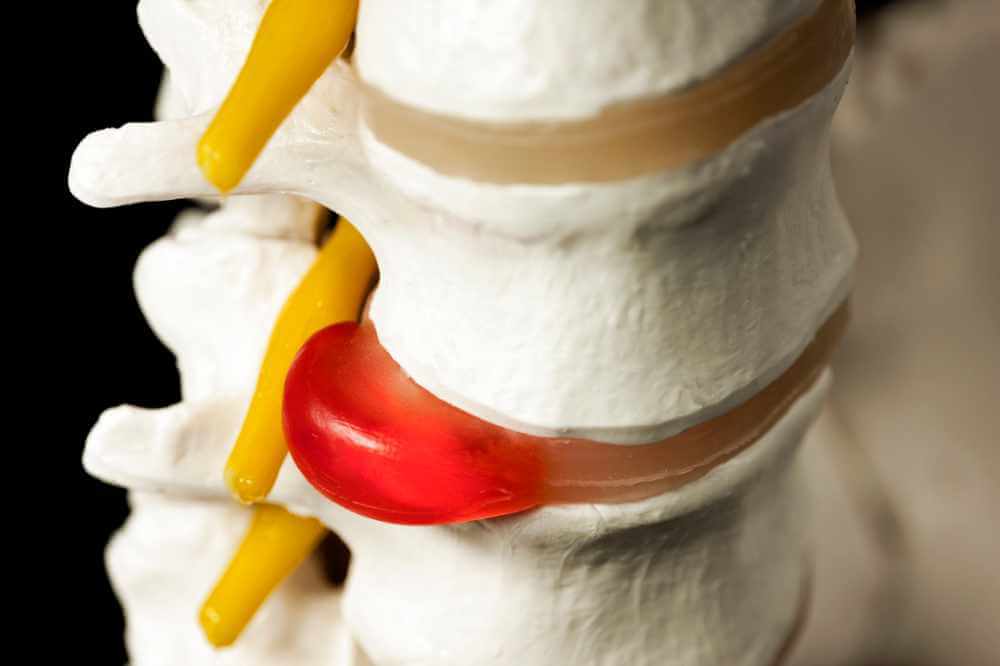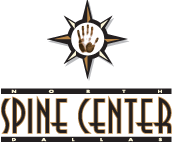
Herniated and Bulging Discs
Herniated discs are one of the top causes of pinched nerves and potentially debilitating neck, back, and sciatic pain. With a commitment to excellence, Dr. Presas at the North Dallas Spine Center develops customized treatment plans focused on providing long lasting pain relief. Your treatment focuses on the most cutting-edge technology available today to provide optimal results. To schedule an appointment, please call our Plano office or use the online booking feature.
Herniated Discs Q & A
The discs between each vertebra are made of a strong outer covering that encloses a gel-like center. This design allows the discs to serve as shock-absorbing cushions that support and stabilize your spine.
Over the years, discs gradually dehydrate and weaken due to postural imbalances, spinal instability, and wear-and-tear degeneration. A disc can also become damaged due to an injury, such as fall. Once a weakness in the outer covering develops, pressure from your spine pushes the center of the disc through that weak area.
In some cases, the disc only bulges out. However, a true herniated disc occurs when the cover ruptures and the inner material leaks out, and creates a chaffing effect on the surrounding nerve roots.
Symptoms arise when a bulging disc pushes against the nearby nerves or when contents from inside the disc burst out and irritate the nerves. You may experience:
- Chronic neck and lower back pain
- Sudden electric-shock pain
- Numbness or tingling in your leg or foot or arms and hands
- Cramping or muscle spasms in your leg or back
- Muscle weakness in your legs or feet or hands
If the damaged disc flattens, spinal instability can worsen.
Currently, there are only two approaches to treating a herniated disc: non-invasive (Non-Surgical Spinal Decompression) or Invasive (surgery). Dr. Presas has extensive experience in using non-invasive procedures to facilitate more of a complete recovery with the vertebral discs. He has performed over 40,000 spinal decompression procedures over his career. Unlike surgery, this type of procedure facilitates complete and proper healing of the discs without tearing through the soft tissue to remove part of the anatomy. As a result, patients are able to resume normal activities without any downtime.
